Our protection chemical systems enhance the performance and longevity of surfaces exposed to harsh conditions. These formulations are engineered to resist thermal degradation, environmental exposure, and chemical corrosion, making them essential in demanding industrial environments. Suitable for application on various substrates, they provide a durable barrier against fire risks, moisture ingress, and structural decay. By integrating these solutions into your project, you ensure long-term surface protection while maintaining compliance with international safety and environmental standards. Our offerings are developed for compatibility, efficiency, and ease of application in both new and existing structures.
Fireproofing chemicals are typically designed to resist or slow down the spread of fire and high temperatures, especially on structural components like steel, concrete, and wood.
Fire stopping chemicals are typically designed to seal gaps, joints, and penetrations in fire-rated assemblies to prevent the spread of fire, smoke, and gases.
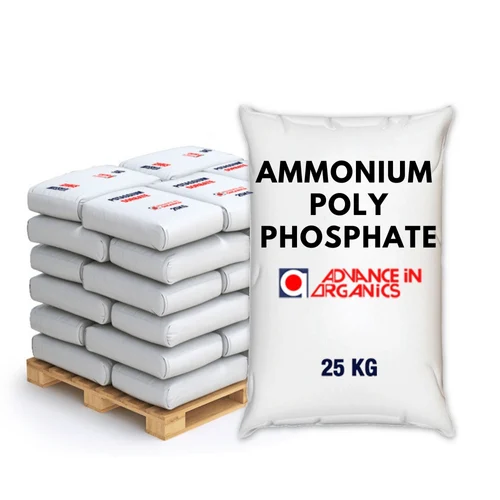
Ammonium Polyphosphate (APP) is a key intumescent additive used in fire-retardant coatings and firestop formulations. When exposed to heat, it decomposes to form a protective char layer, insulating substrates from flames. APP is widely used in paints, sealants, and thermoplastics, offering excellent flame retardancy, low smoke emission, and halogen-free safety. Compliant with UL 94 and ASTM fire standards, APP is ideal for construction materials, textiles, and electrical insulation requiring passive fire protection. Its high thermal stability makes it a critical component in intumescent systems.

Melamine is a nitrogen-rich, flame-retardant compound commonly used in intumescent coatings and fire-resistant polymers. Upon heating, it releases inert gases that dilute flammable vapors and promote char formation, slowing fire propagation. Melamine enhances the thermal insulation of firestop sealants, foams, and paints while maintaining structural integrity. Often used with APP and pentaerythritol, it contributes to multi-component fire-retardant systems. Non-halogenated and low-smoke producing, melamine meets UL and ASTM standards and is suitable for fire-rated panels, coatings, and synthetic building materials.
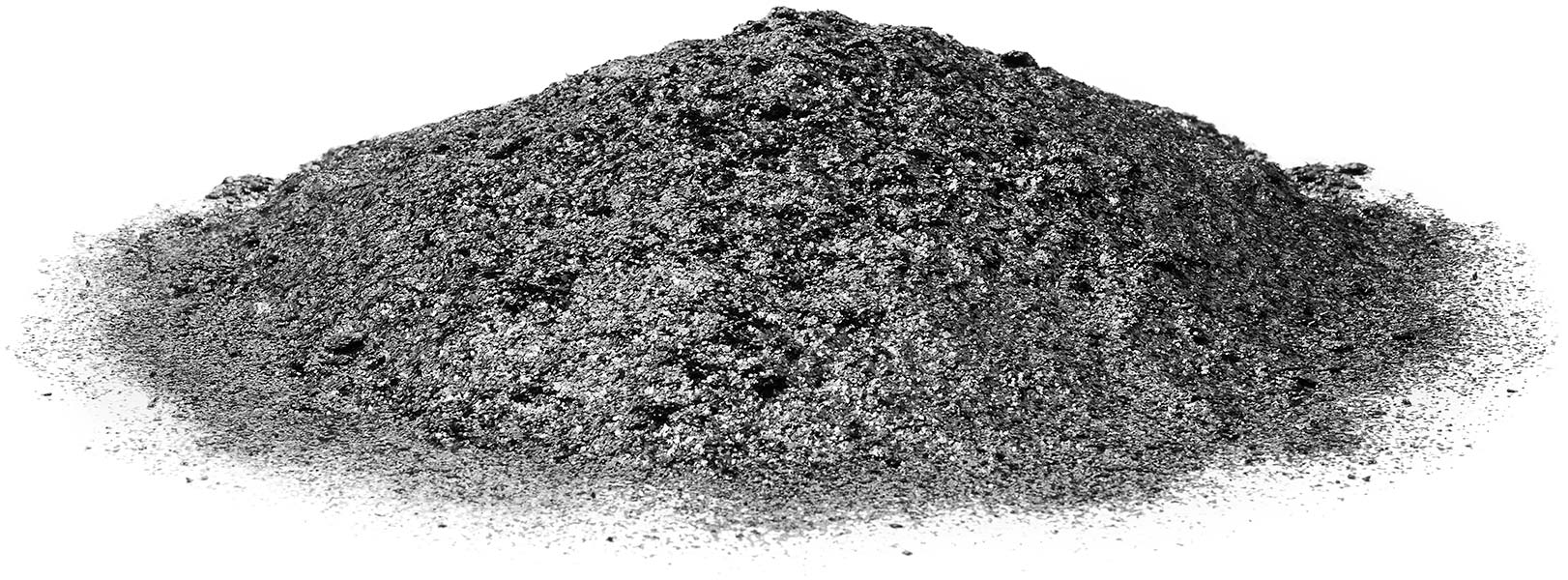
Expandable graphite is a high-performance intumescent material that expands rapidly when exposed to heat, forming a dense insulating layer. Used in firestop collars, wraps, coatings, and gaskets, it prevents flame and smoke spread through penetrations. Its superior thermal stability and expansion ratio make it ideal for high-temperature fire protection. Expandable graphite is halogen-free and meets ASTM E84 and UL 94 standards. It’s commonly used in building materials, plastics, sealants, and textiles for reliable passive fire protection in commercial and industrial settings.
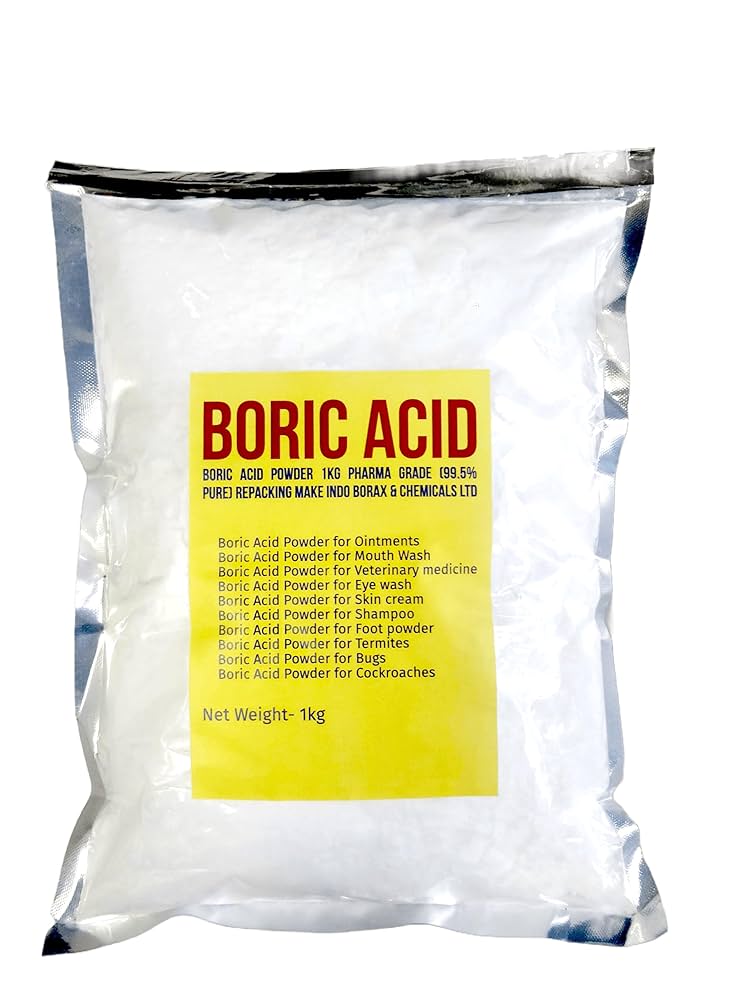
Boron compounds such as boric acid and borax are effective flame retardants used in fireproofing applications for wood, textiles, insulation, and sealants. They inhibit combustion by releasing water and forming a protective glassy surface when heated. Non-toxic and environmentally friendly, boron compounds enhance thermal stability and reduce smoke emission. Commonly used in mineral wool, gypsum boards, and treated fabrics, these compounds comply with ASTM fire resistance standards. Their synergy with other retardants makes them valuable in multi-layered firestop and fireproofing systems.
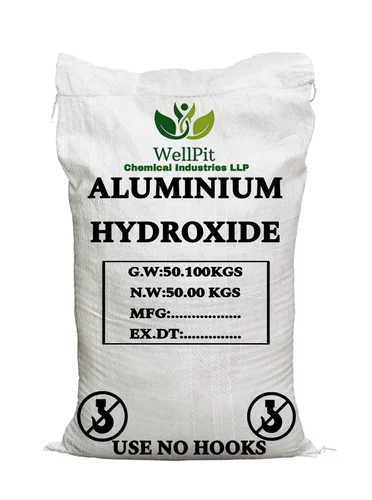
Aluminum Hydroxide (ATH) is a non-halogenated flame retardant that decomposes upon heating, releasing water vapor to cool surfaces and dilute combustible gases. Widely used in intumescent paints, sealants, and plastic compounds, ATH improves fire resistance and reduces smoke and toxic gas emissions. It acts as both a filler and flame retardant, making it ideal for low-smoke, fire-rated construction materials. ATH meets UL 94 and ASTM E84 standards and is a preferred additive in sustainable, halogen-free fireproofing systems.
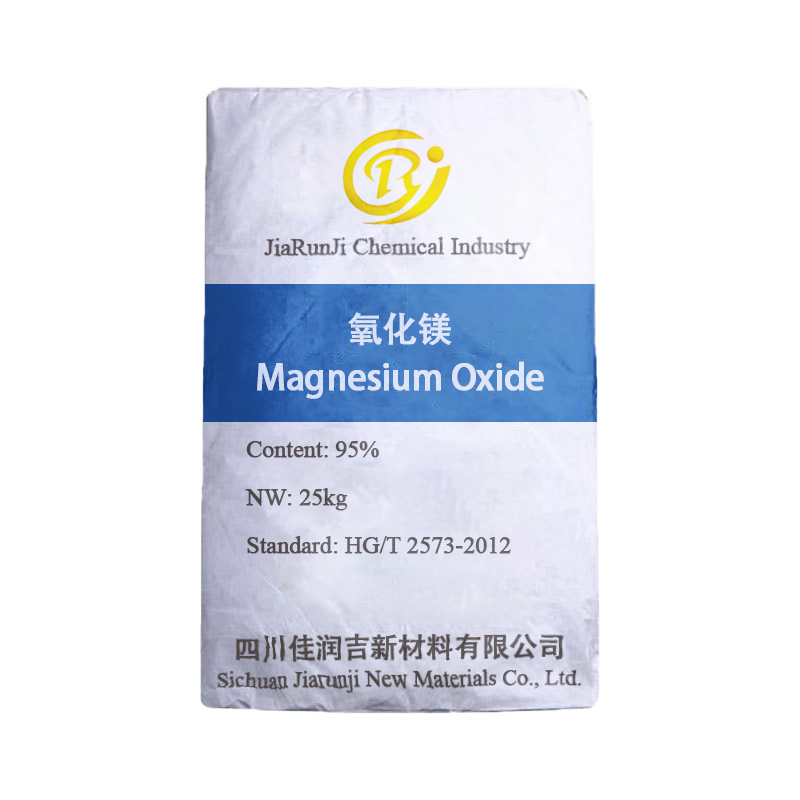
Magnesium Hydroxide is an eco-friendly, inorganic flame retardant used in fire-resistant coatings, sealants, and construction materials. Upon heating, it decomposes endothermically, releasing water and absorbing heat, which reduces flammability and suppresses smoke. Often used in cable sheathing, foams, and intumescent systems, it is halogen-free and thermally stable. Magnesium Hydroxide complies with UL and ASTM fire safety standards and provides excellent performance in high-temperature and electrical fire protection applications. It is an effective component in both passive and active firestop formulations.
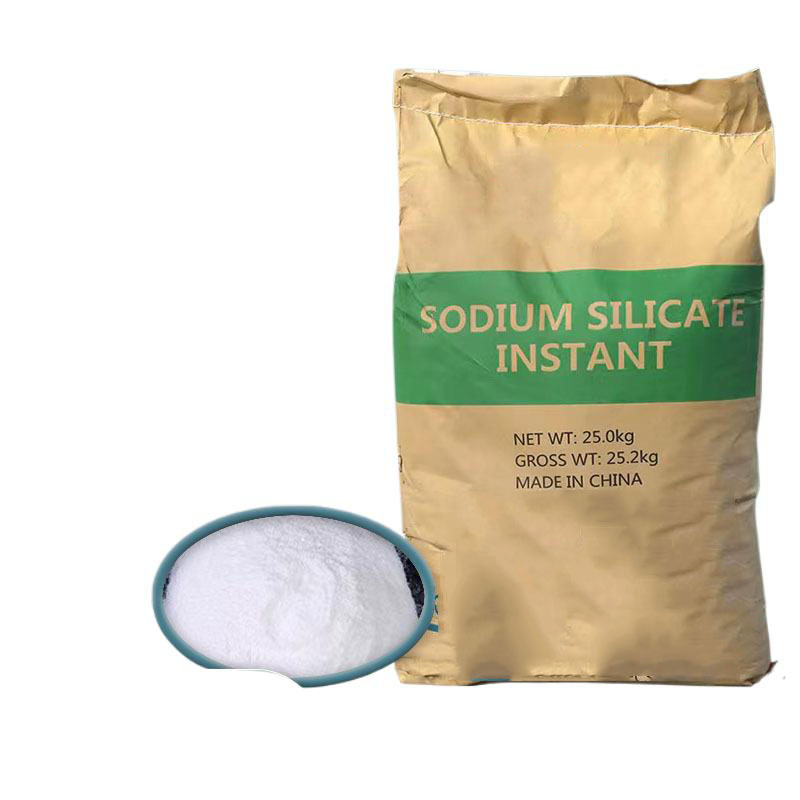
Sodium Silicate, also known as water glass, is a fire-resistant binder used in coatings, sealants, and insulation materials. It forms a rigid, heat-resistant layer that withstands high temperatures and suppresses flame spread. Common in fireproof mortars, ceramic blankets, and refractory coatings, sodium silicate enhances thermal stability and chemical resistance. It is non-toxic, environmentally friendly, and compliant with ASTM and EN fire standards. Ideal for passive fire protection systems, sodium silicate is widely used in industrial and structural fireproofing applications.
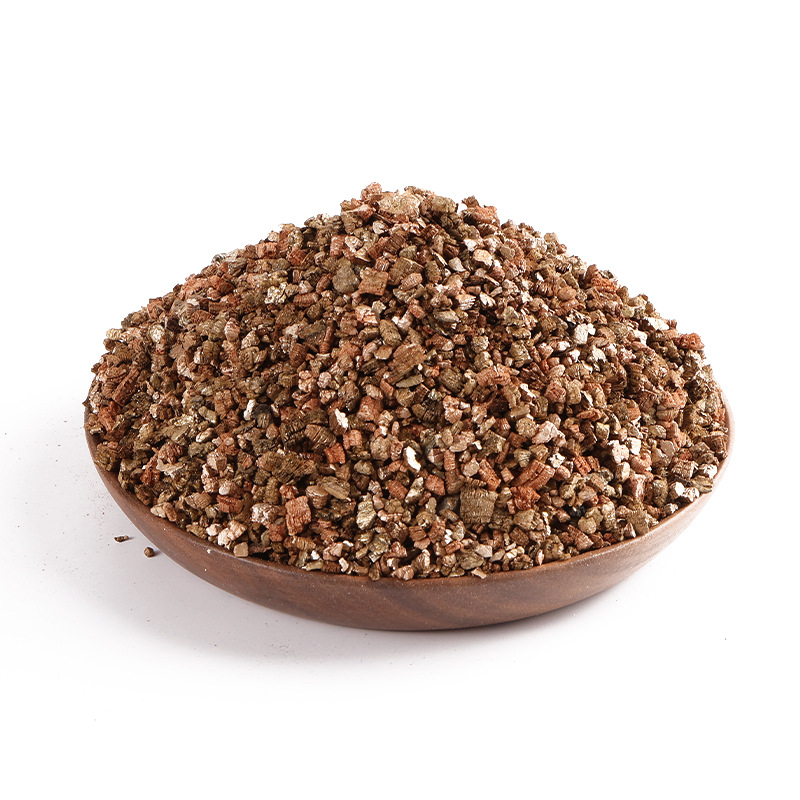
Vermiculite is a naturally occurring, exfoliated mineral used in fireproofing sprays, mortars, and plasters. It expands when heated, providing excellent thermal insulation and fire resistance. Lightweight and non-combustible, vermiculite enhances the performance of cementitious coatings and firestop mortars. It complies with ASTM E136 and UL standards and is widely used in steel protection, acoustic ceilings, and industrial linings. Vermiculite is a safe, cost-effective solution for passive fire protection, offering both heat resistance and sound absorption.
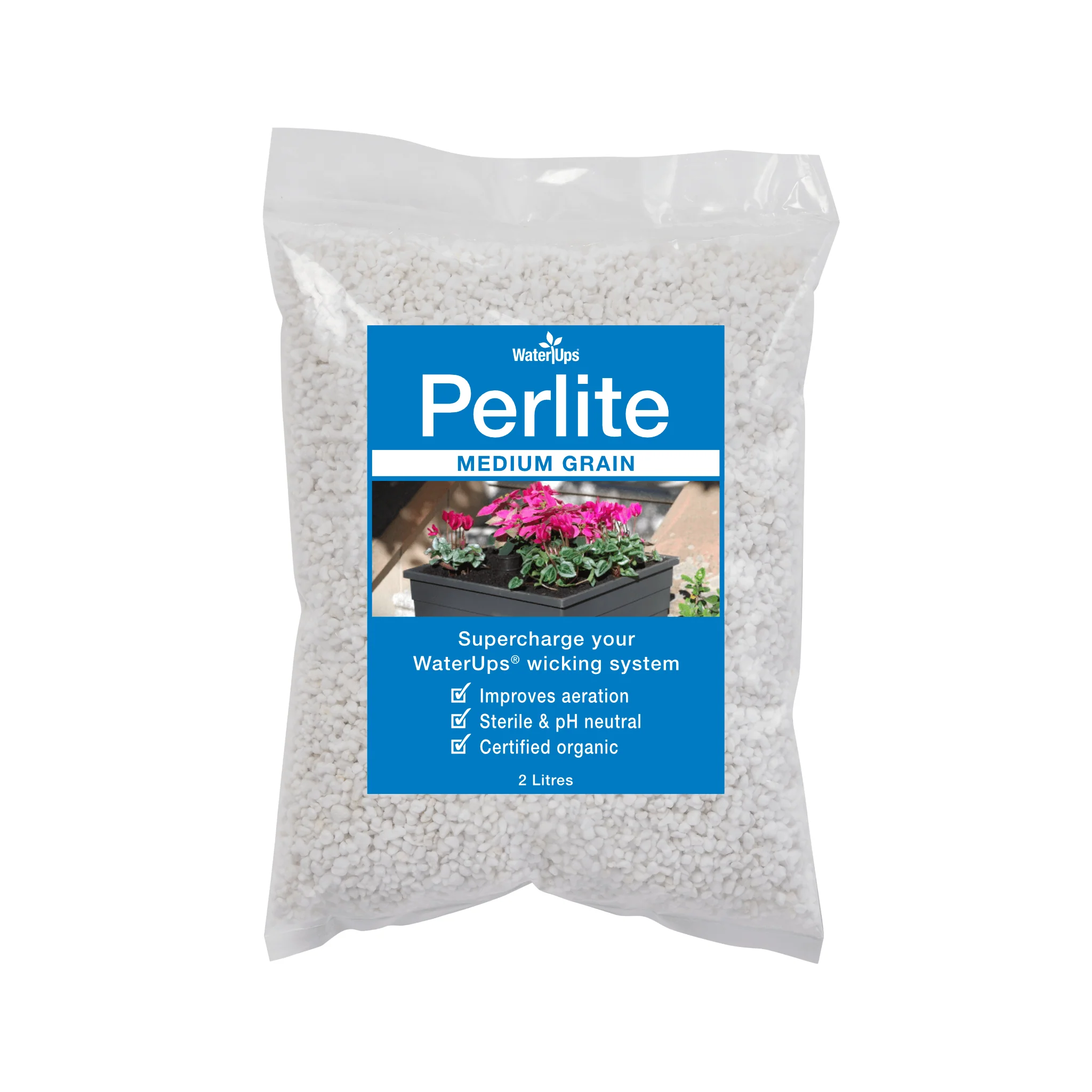
Perlite is a volcanic glass mineral expanded by heat to create a lightweight, fire-resistant material used in fireproofing coatings and insulating boards. Non-combustible and chemically stable, perlite improves thermal insulation and fire resistance in cementitious sprays, sealants, and gypsum-based systems. It meets ASTM and UL fire safety standards and is ideal for use in ceilings, firewalls, and structural protection. Perlite’s low density and high-temperature resistance make it an effective additive for sustainable and efficient passive fire protection solutions.
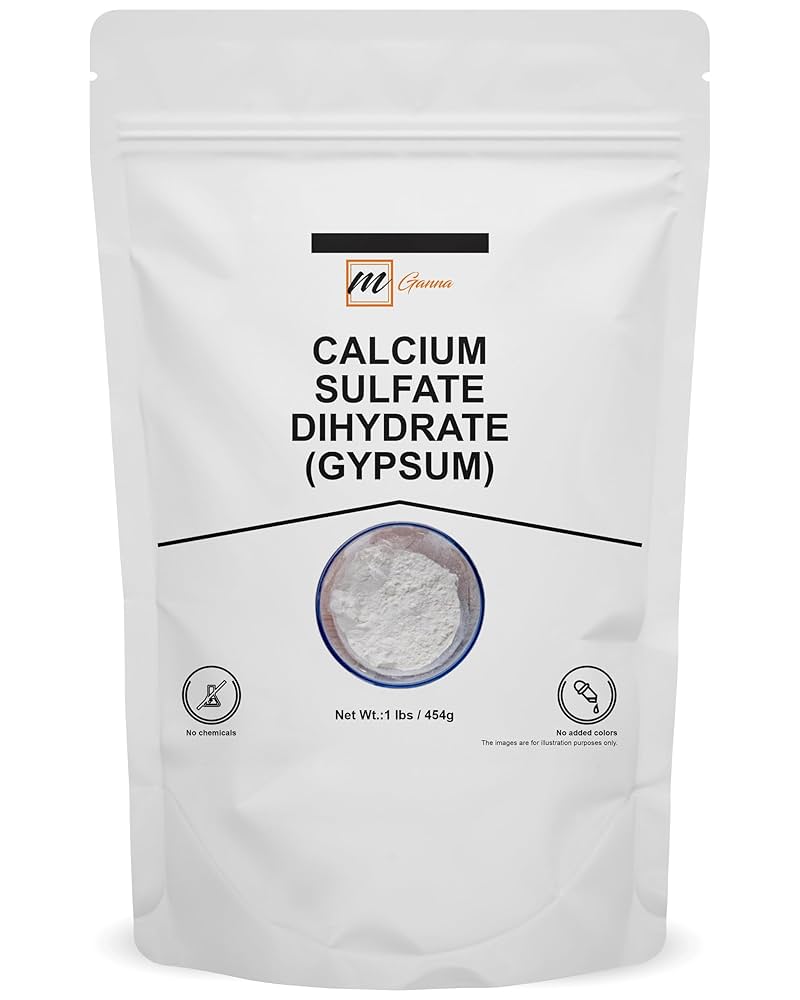
Calcium sulfate, commonly known as gypsum, is a widely used fire-resistant material in drywall and fire-rated building panels. It contains chemically bound water that is released when exposed to heat, slowing temperature rise and flame spread. Gypsum boards provide passive fire protection for walls, ceilings, and floor assemblies, meeting ASTM E119 and UL 263 fire-resistance standards. Gypsum is non-combustible, sound-insulating, and easily finished, making it a preferred choice for residential, commercial, and institutional fire-rated construction.
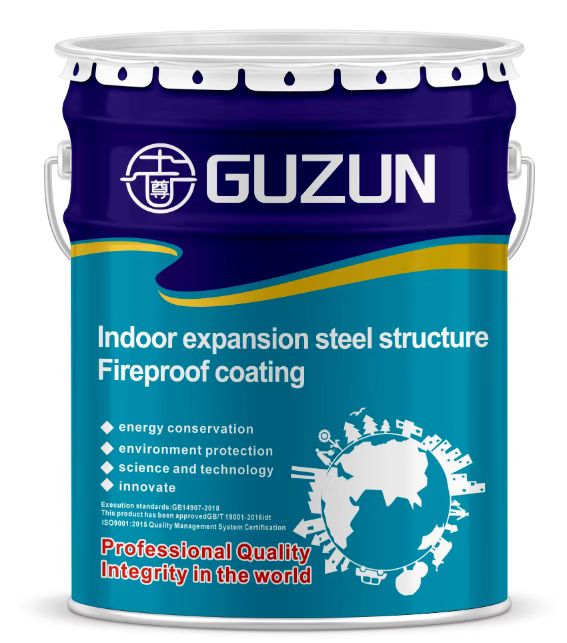
Intumescent polymers and gels, such as polyethylene glycol and polyphosphates, are core components in advanced firestop coatings, sealants, and wraps. These materials expand and form a protective char layer under high temperatures, blocking flame and smoke transmission. They are halogen-free, low-smoke, and compatible with a variety of substrates, including plastics, cables, and steel. Designed to meet ASTM E814 and UL 1479 standards, intumescent polymers ensure long-term fire resistance in commercial and industrial firestopping systems.
Silicone is a high-performance, flexible firestop sealant that maintains adhesion and elasticity under extreme temperatures. Resistant to moisture, UV, and chemicals, silicone-based firestop materials are ideal for sealing penetrations in curtain walls, expansion joints, and mechanical systems. They comply with ASTM E814 and UL 2079 standards and offer excellent smoke and flame resistance. Silicone’s durability and weatherproofing capabilities make it a preferred solution for both interior and exterior firestopping applications in commercial, healthcare, and industrial buildings.
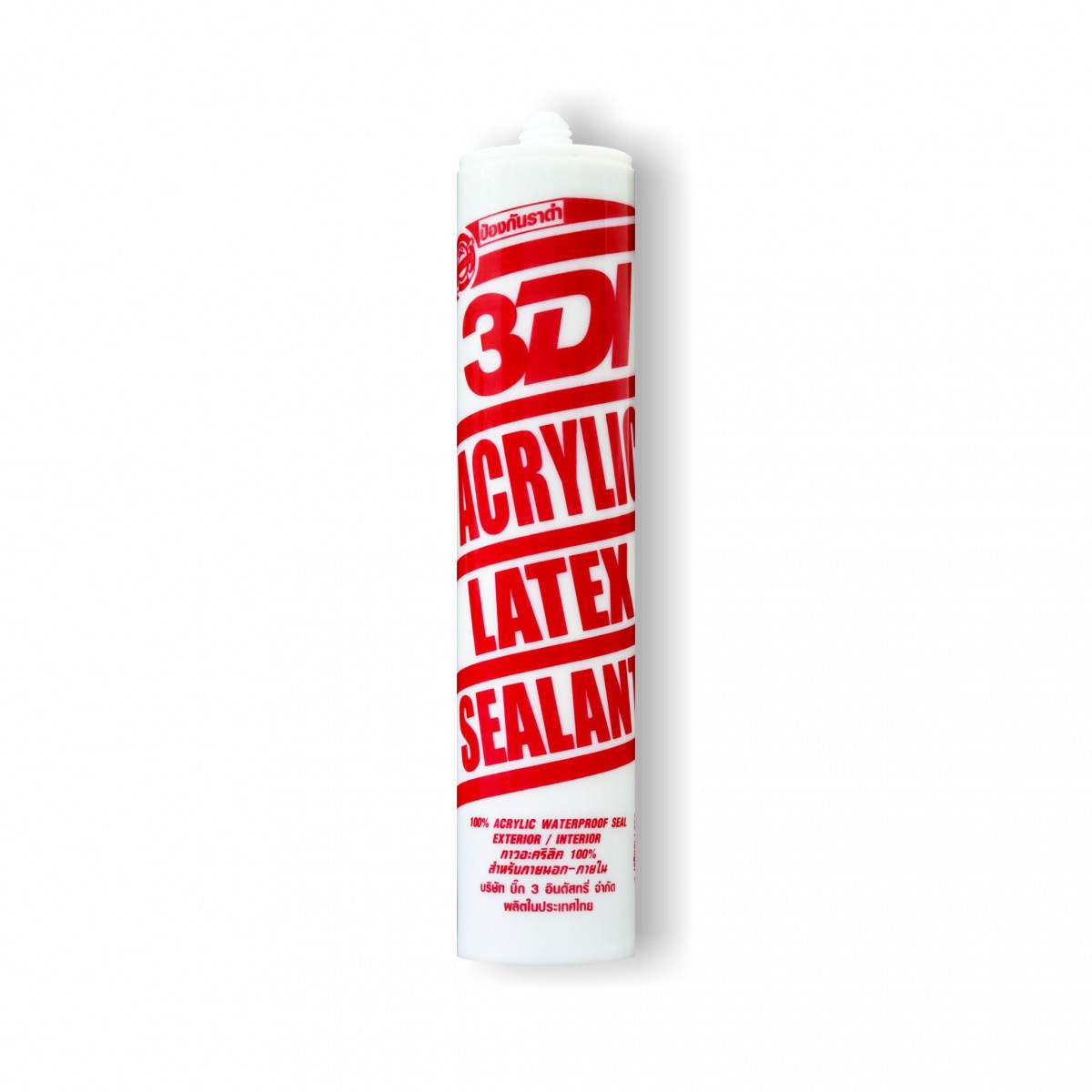
Acrylic latex is a water-based firestop sealant known for its ease of application, low VOC content, and excellent adhesion to most construction materials. Upon exposure to heat, acrylic latex intumesces to form a protective char that blocks smoke and flame. It is ideal for sealing joints, gaps, and penetrations in gypsum walls, concrete slabs, and pipe assemblies. Acrylic firestop sealants meet ASTM E814 and UL 1479 requirements and are widely used in fire-rated construction due to their flexibility, paintability, and environmental safety.
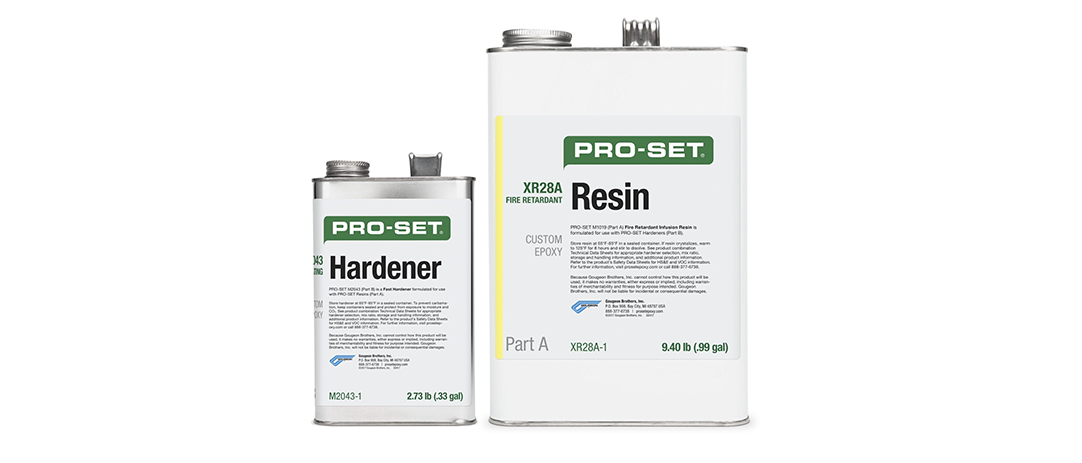
Fire-rated epoxy resins are used in structural fire protection coatings and firestop adhesives. Reinforced with flame-retardant fillers such as ATH or graphite, these epoxies provide a durable, heat-resistant barrier against fire. Ideal for high-performance bonding and coating in cable trays, conduits, and structural steel, they meet ASTM E119 and UL standards. Fire-retardant epoxy systems offer chemical resistance, mechanical strength, and long-term fire protection in commercial and industrial settings, particularly where extreme environmental or thermal conditions exist.
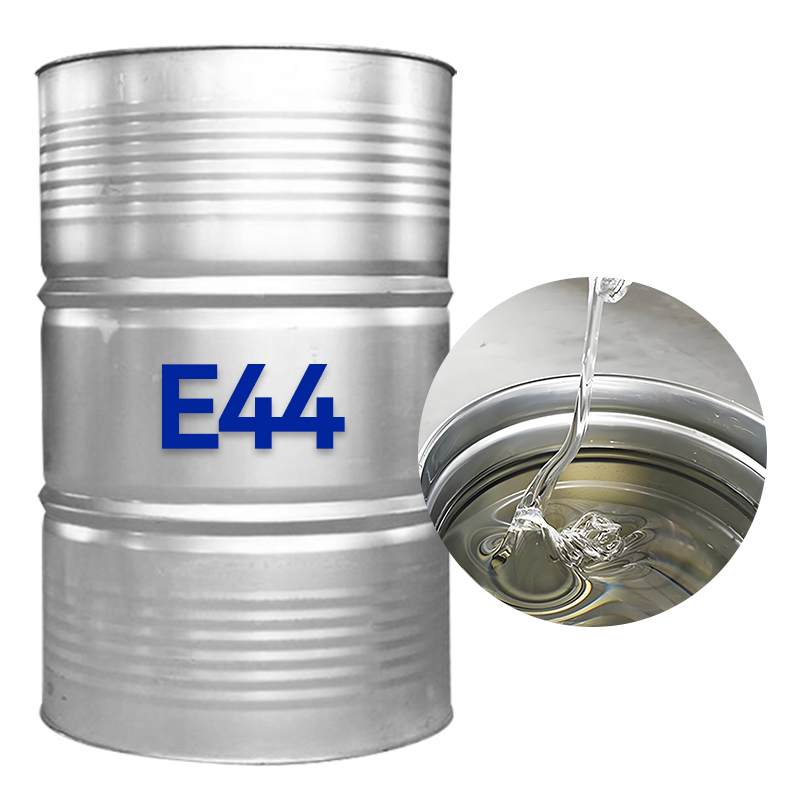
Phenolic resins are thermosetting polymers known for their fire resistance, low smoke emission, and high thermal stability. Used in fire-retardant coatings, laminates, foams, and composite panels, they form a carbon-rich char when exposed to fire, insulating the substrate. Phenolic resins meet ASTM E84 and UL 94 standards and are suitable for high-risk environments like transportation, aerospace, and industrial facilities. Their chemical resistance and structural integrity make them a top choice for applications demanding both mechanical performance and fire safety.